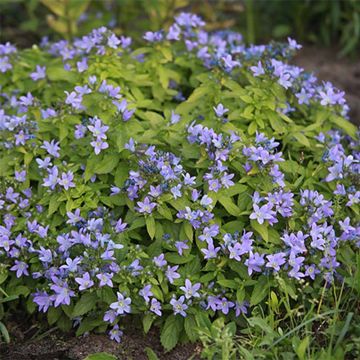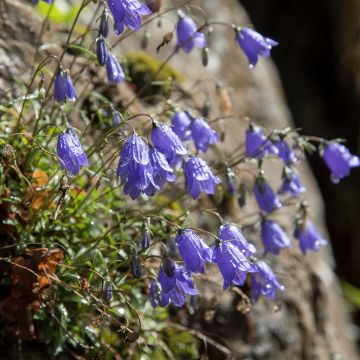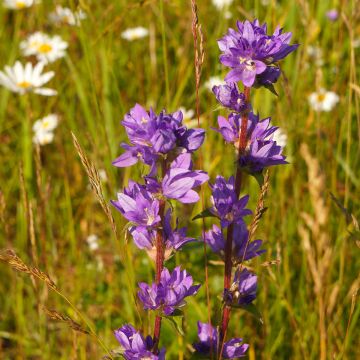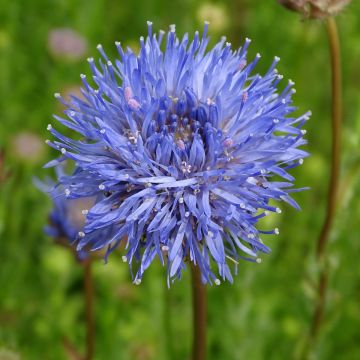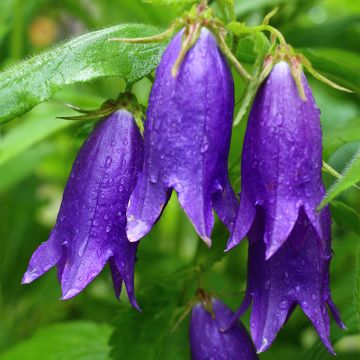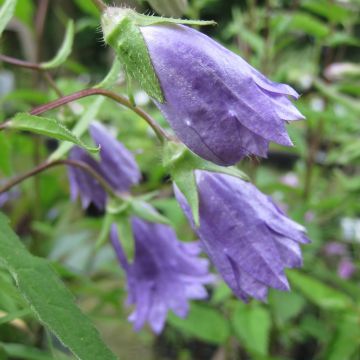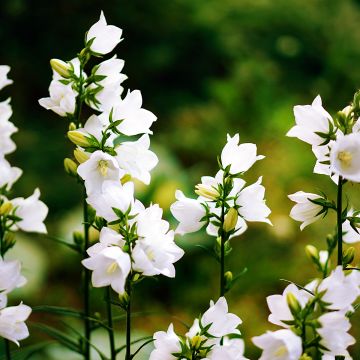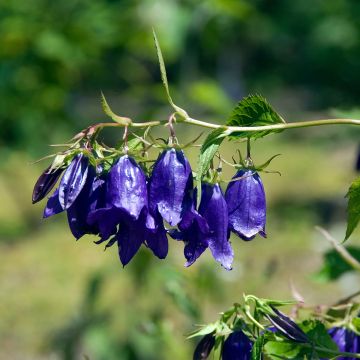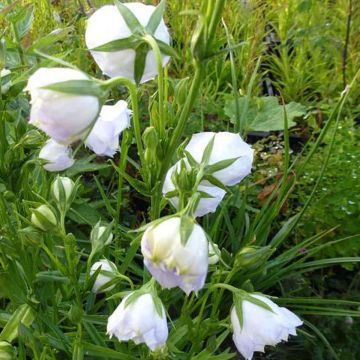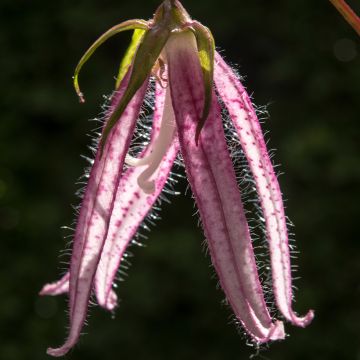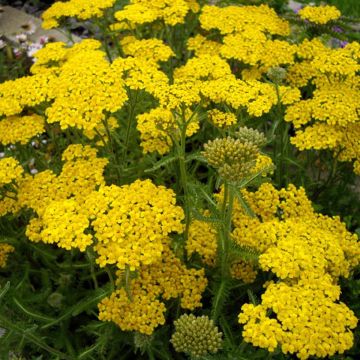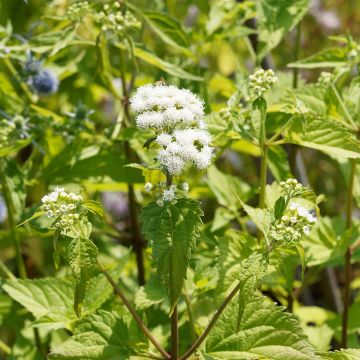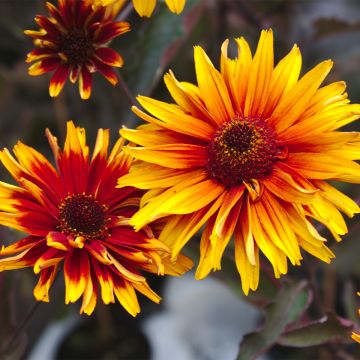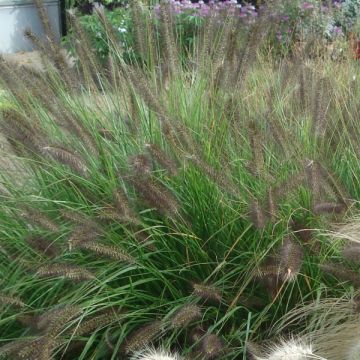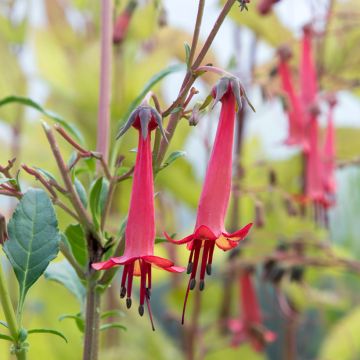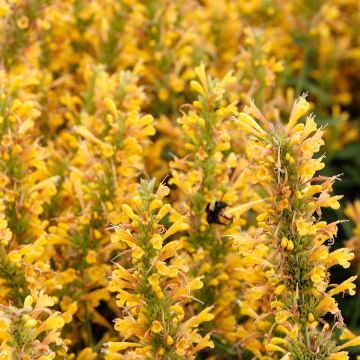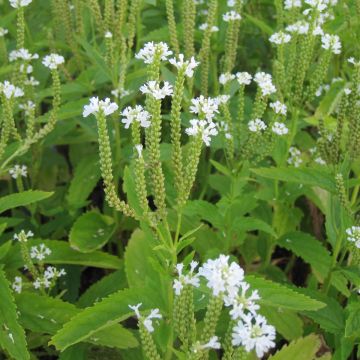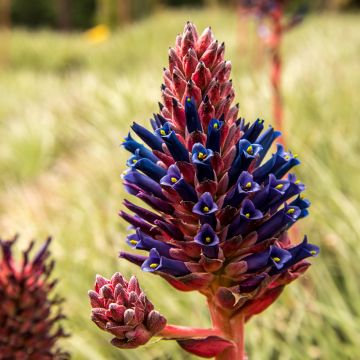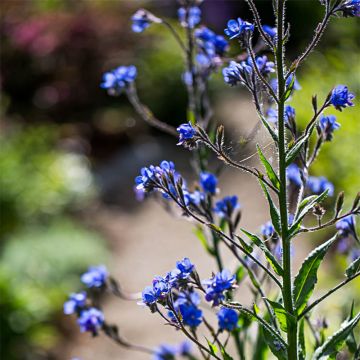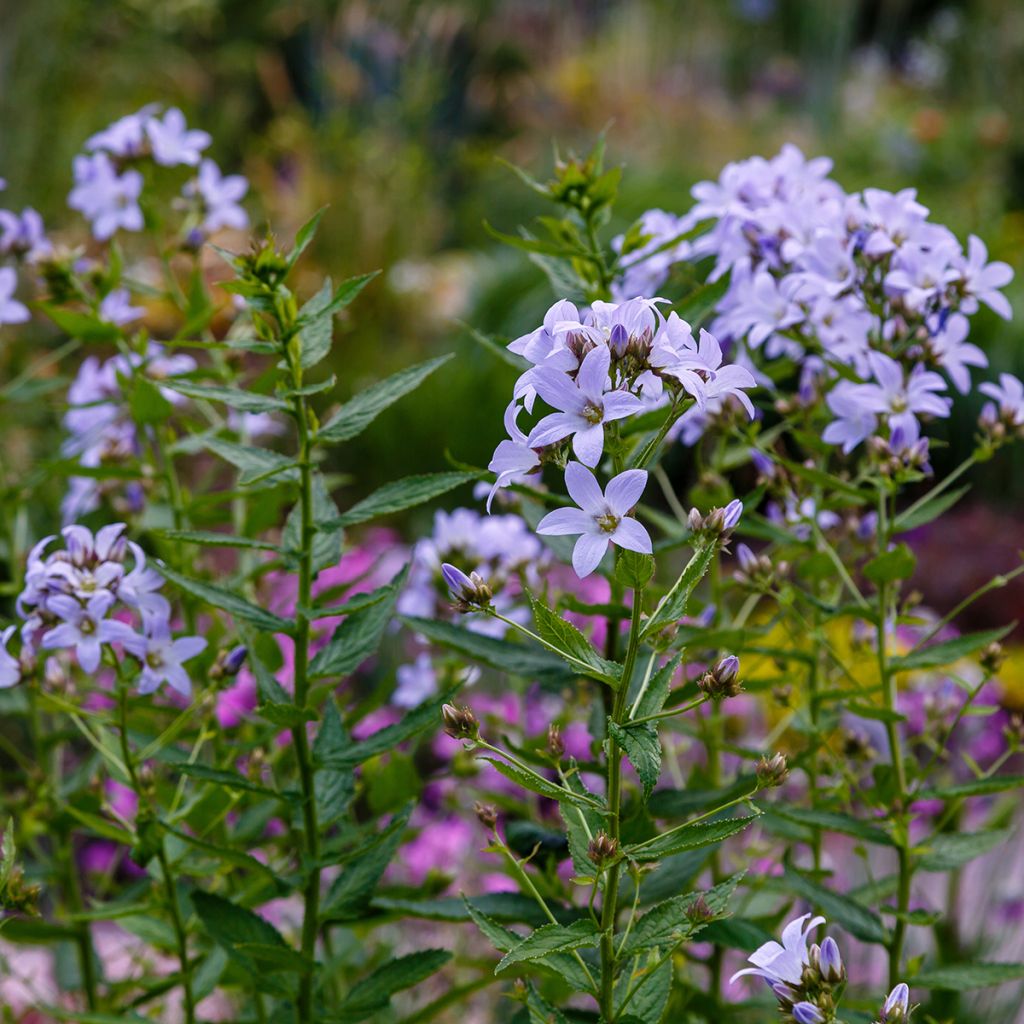

Campanula lactiflora
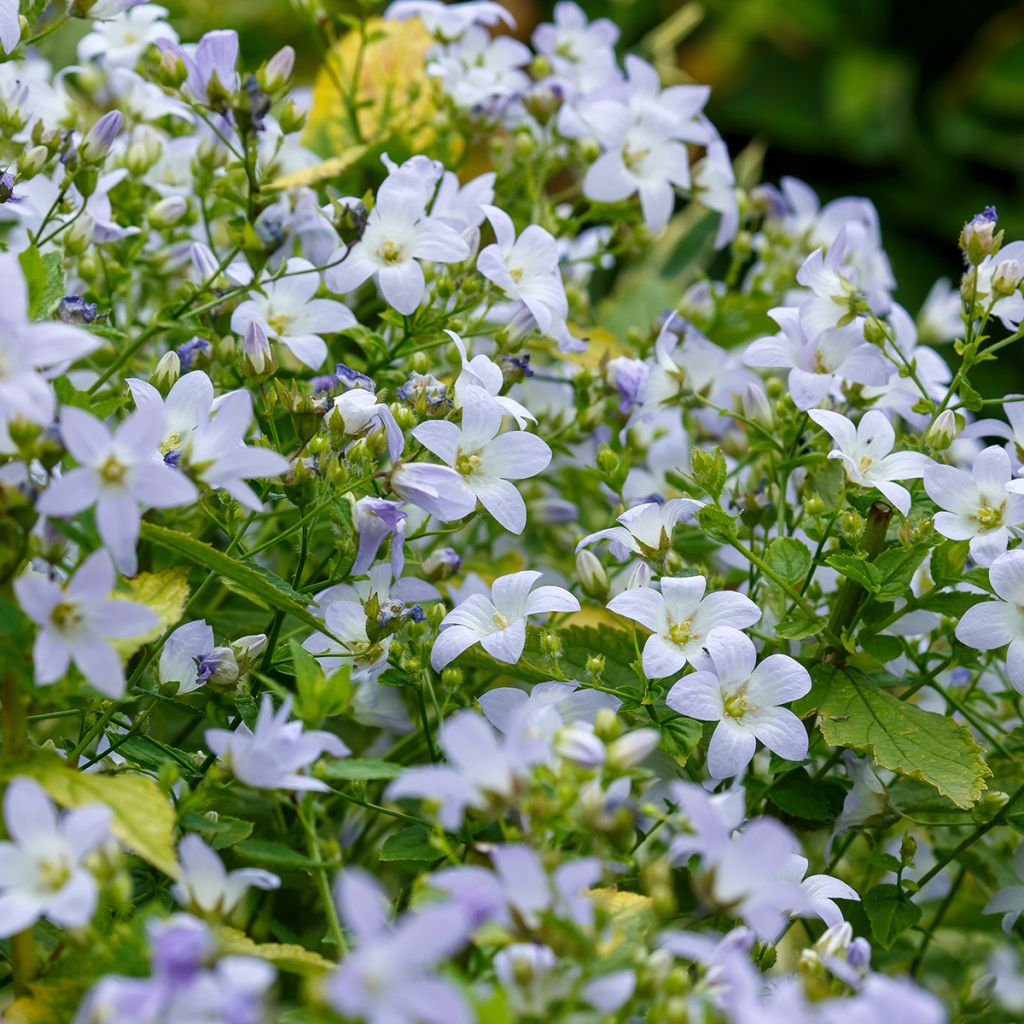

Campanula lactiflora
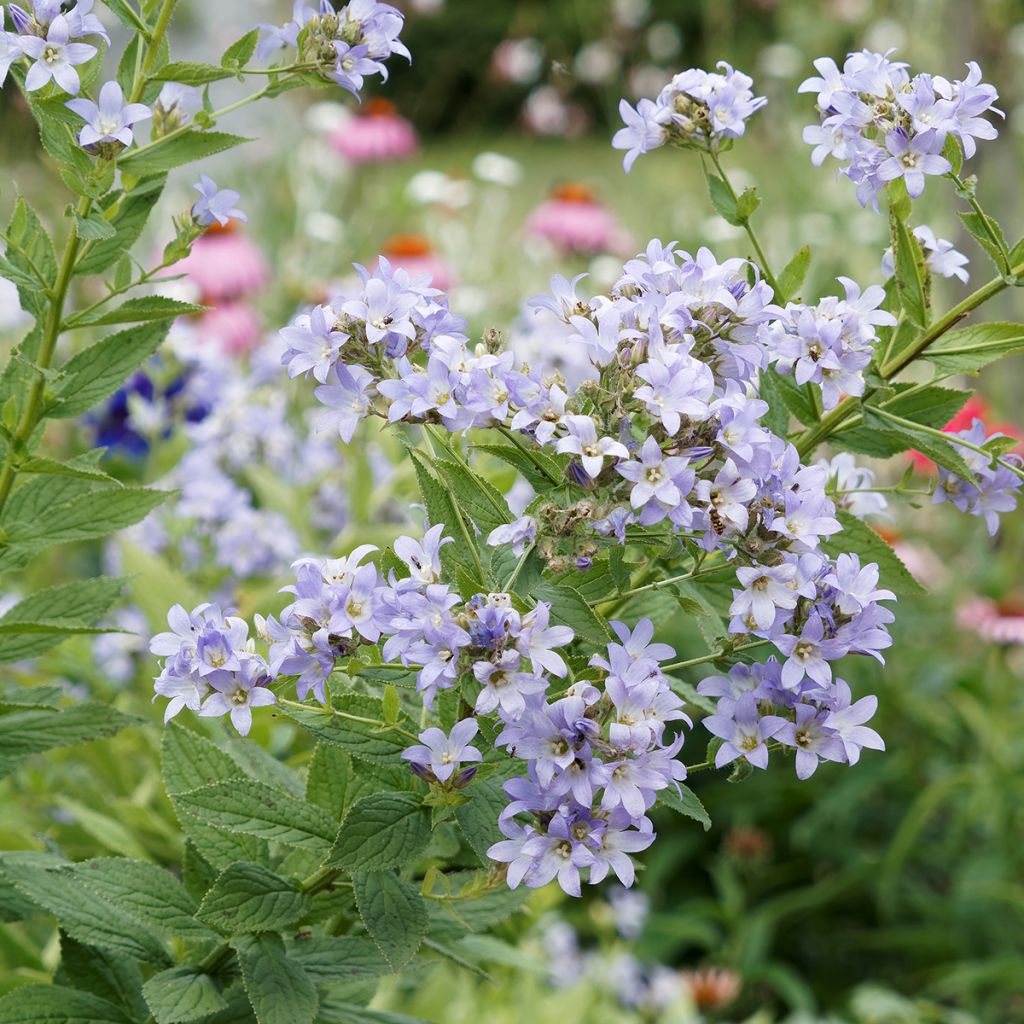

Campanula lactiflora
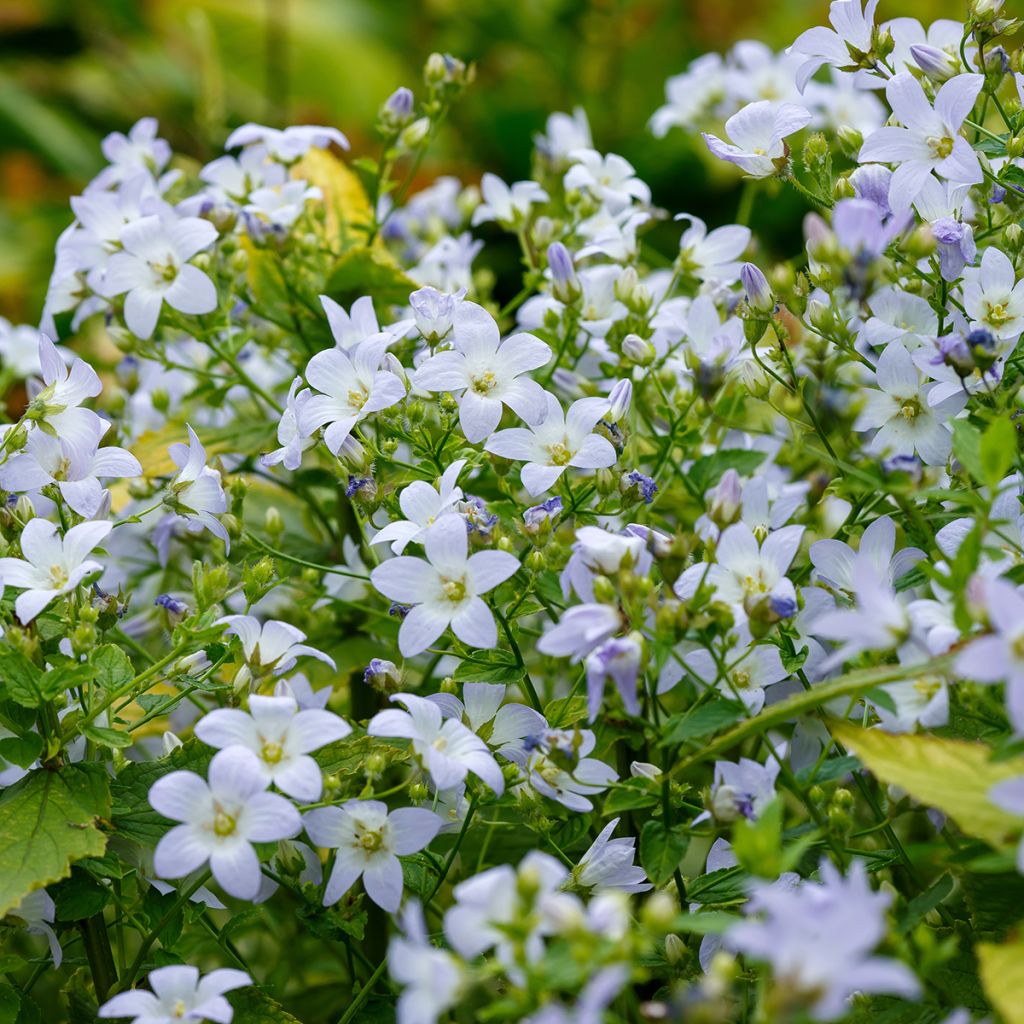

Campanula lactiflora
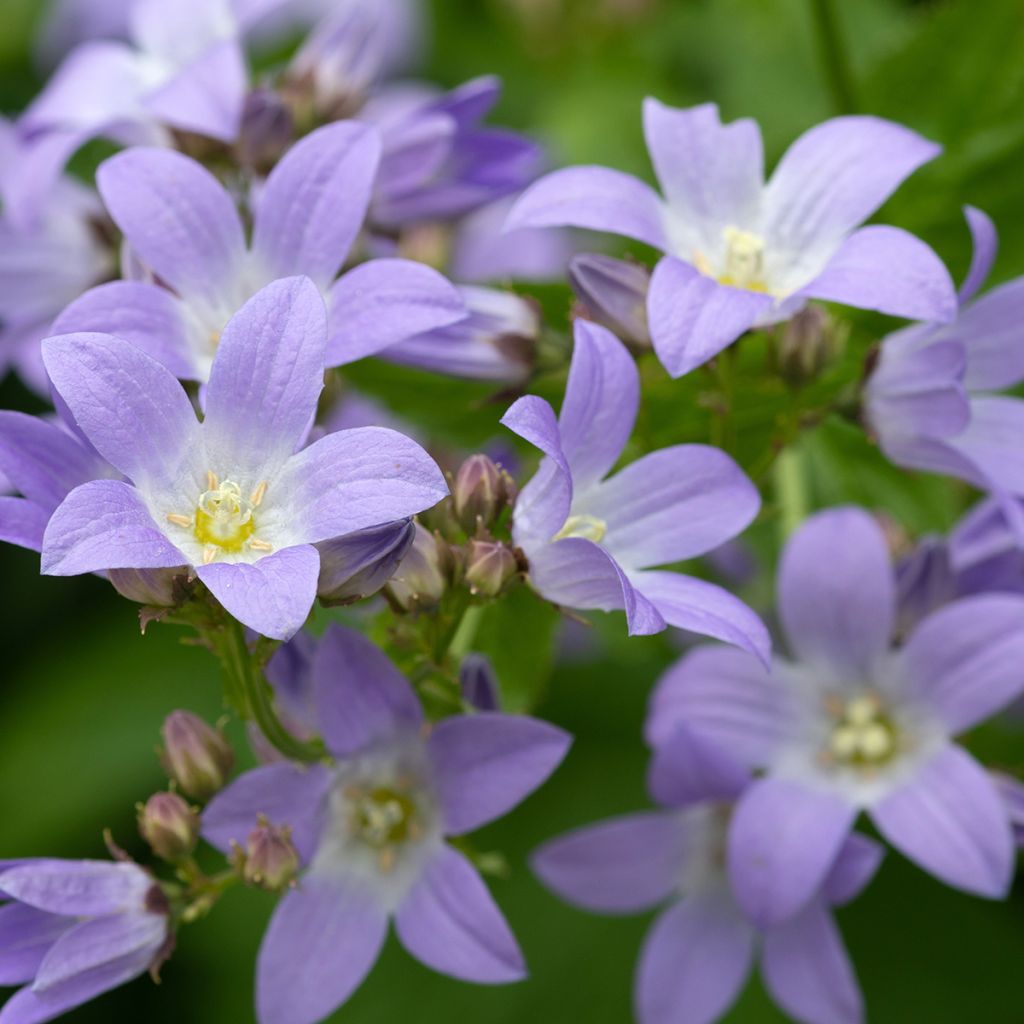

Campanula lactiflora
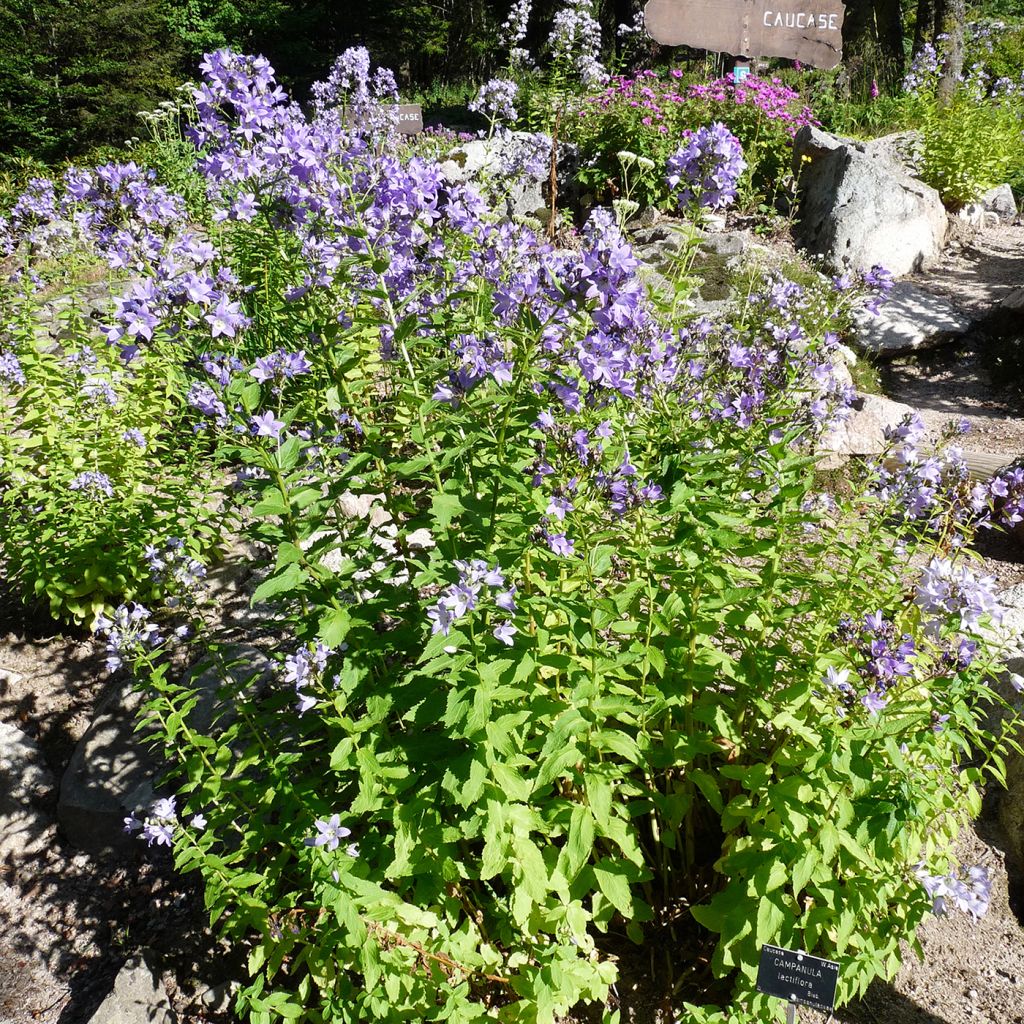

Campanula lactiflora


Campanula lactiflora
Campanula lactiflora
Campanula lactiflora
Milky Bellflower
This item cannot be shipped to the selected country
Delivery charge from €5.90
More information
Schedule delivery date,
and select date in basket
This plant carries a 12 months recovery warranty
More information
We guarantee the quality of our plants for a full growing cycle, and will replace at our expense any plant that fails to recover under normal climatic and planting conditions.
From €5.90 for pickup delivery and €6.90 for home delivery
Express home delivery from €8.90.
Does this plant fit my garden?
Set up your Plantfit profile →
Description
Campanula lactiflora, the milky bellflower, is a particularly floriferous and tall species, perfect for natural gardens. This vigorous perennial charms with its large dense panicles of pale blue bell-shaped flowers that appear all summer long on a wide green clump. It carries its flowers on tall stems adorned with numerous lanceolate medium green, slightly rough leaves. It is a magnificent plant for a rustic or wild-inspired border and easy to grow in moist and deep soil, sheltered from strong winds to protect its flowering.
Campanula lactiflora is a herbaceous perennial plant belonging to the campanulaceae family. It is native to the Caucasus and eastern Turkey. It grows in a wide clump, reaching a height of 120 cm (47in) to 150 cm (59in), with a minimum spread of 60 cm (24in). Flowering occurs from June to August, in the form of large conical inflorescences adorned with numerous pale blue star-shaped bell flowers. If the floral stem is cut back after flowering, this plant will produce lateral shoots capable of reflowering in late autumn. The narrow leaves measure 5 to 12 cm (2 to 5in) in length and have toothed edges. This plant can self-seed in humus-bearing, moist soil.
Campanula lactiflora is primarily a lovely wild plant, perfectly suited to most climates, which contributes to the biodiversity of our gardens. As such, it has a rightful place in a natural border where one does not mind it spreading. It will be perfect in the company of other lovely wildflowers: mulleins, Spanish lavender (Centranthus ruber), wild chicory, sainfoin, purple coneflower, fennel, field scabious... Its simplicity combined with the tenderness of the flowers of the immense Anemone hybrida x 'Robustissima' works well alongside the roundness of old roses, and softens the heavy corollas of deep red peonies.
In our rich garden soil, it reaches grand proportions. We grow it among shrubs that support the flexible stems of 2 to 3 metres (7 to 10 feet) in length.
About bellflowers:
The crown of the bellflower grows white stolons spreading underground in all directions ensuring the long-term viability of the plant. The numerous upright stems that arise from this crown or stolons can be fertile or sterile. Thus, when one sees a large population of bellflowers, there are often only clones of a single individual in reality. On the other hand, different species of bellflowers hybridize very easily with each other and are often accompanied by a whole range of intermediate forms, which makes them very interesting for horticulturists.
Report an error about the product description
Campanula lactiflora in pictures


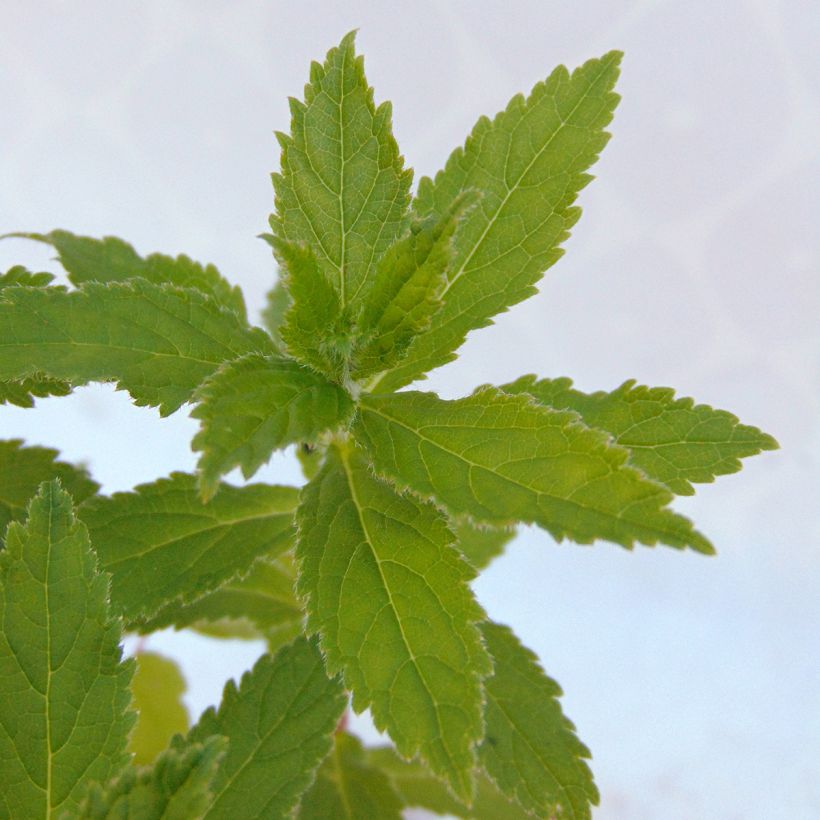

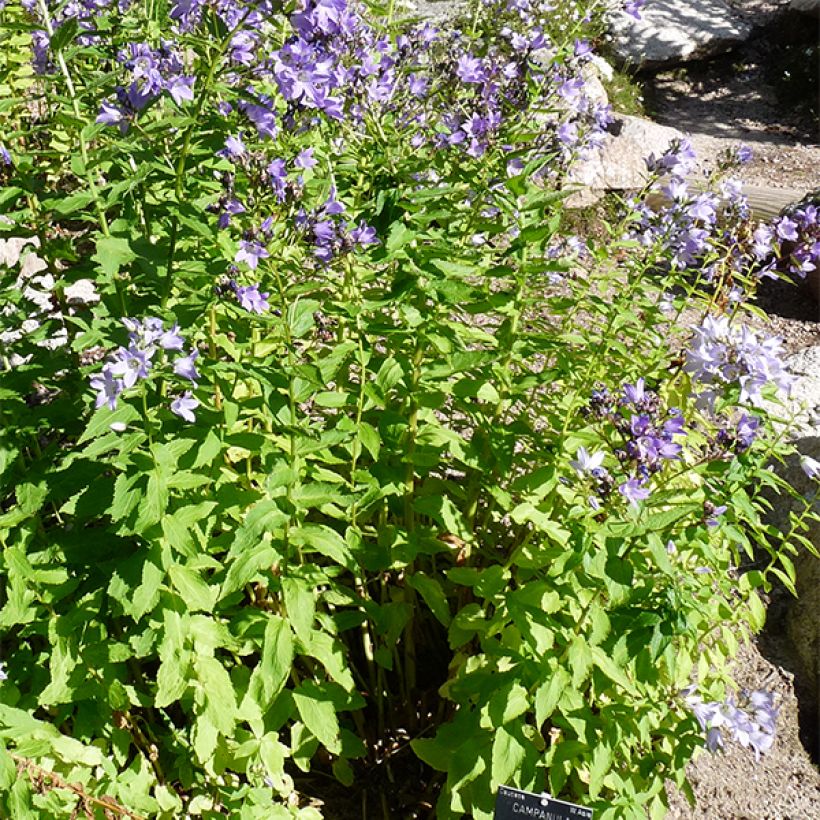

Flowering
Foliage
Plant habit
Botanical data
Campanula
lactiflora
Campanulaceae
Milky Bellflower
Central Europe
Other Campanula - Bell Flower
Planting and care
Bellflower thrives in any moist soil that is not too rich, to avoid it growing too large. These flowers are often criticized for bending in the wind, hence the importance of choosing a sheltered location away from strong winds and not disturbing them for several years. They do not appreciate transplantation and propagate slowly but surely in well-drained soil that remains moist throughout the year. Mulching the base of the clumps in summer helps maintain the necessary moisture for this plant. It should be removed before winter to avoid problems with stagnant humidity, which its roots do not like. Full sun should be avoided as it fades the flowers; partial shade is therefore ideal. It is advisable to stake the tall stems of this bellflower, but it is possible to pinch the stems during growth to obtain more compact and wind-resistant plants. Remove faded flowers and cut back the clump in autumn.
Planting period
Intended location
Care
-
, onOrder confirmed
Reply from on Promesse de fleurs
Summer flowering perennials
Haven't found what you were looking for?
Hardiness is the lowest winter temperature a plant can endure without suffering serious damage or even dying. However, hardiness is affected by location (a sheltered area, such as a patio), protection (winter cover) and soil type (hardiness is improved by well-drained soil).

Photo Sharing Terms & Conditions
In order to encourage gardeners to interact and share their experiences, Promesse de fleurs offers various media enabling content to be uploaded onto its Site - in particular via the ‘Photo sharing’ module.
The User agrees to refrain from:
- Posting any content that is illegal, prejudicial, insulting, racist, inciteful to hatred, revisionist, contrary to public decency, that infringes on privacy or on the privacy rights of third parties, in particular the publicity rights of persons and goods, intellectual property rights, or the right to privacy.
- Submitting content on behalf of a third party;
- Impersonate the identity of a third party and/or publish any personal information about a third party;
In general, the User undertakes to refrain from any unethical behaviour.
All Content (in particular text, comments, files, images, photos, videos, creative works, etc.), which may be subject to property or intellectual property rights, image or other private rights, shall remain the property of the User, subject to the limited rights granted by the terms of the licence granted by Promesse de fleurs as stated below. Users are at liberty to publish or not to publish such Content on the Site, notably via the ‘Photo Sharing’ facility, and accept that this Content shall be made public and freely accessible, notably on the Internet.
Users further acknowledge, undertake to have ,and guarantee that they hold all necessary rights and permissions to publish such material on the Site, in particular with regard to the legislation in force pertaining to any privacy, property, intellectual property, image, or contractual rights, or rights of any other nature. By publishing such Content on the Site, Users acknowledge accepting full liability as publishers of the Content within the meaning of the law, and grant Promesse de fleurs, free of charge, an inclusive, worldwide licence for the said Content for the entire duration of its publication, including all reproduction, representation, up/downloading, displaying, performing, transmission, and storage rights.
Users also grant permission for their name to be linked to the Content and accept that this link may not always be made available.
By engaging in posting material, Users consent to their Content becoming automatically accessible on the Internet, in particular on other sites and/or blogs and/or web pages of the Promesse de fleurs site, including in particular social pages and the Promesse de fleurs catalogue.
Users may secure the removal of entrusted content free of charge by issuing a simple request via our contact form.
The flowering period indicated on our website applies to countries and regions located in USDA zone 8 (France, the United Kingdom, Ireland, the Netherlands, etc.)
It will vary according to where you live:
- In zones 9 to 10 (Italy, Spain, Greece, etc.), flowering will occur about 2 to 4 weeks earlier.
- In zones 6 to 7 (Germany, Poland, Slovenia, and lower mountainous regions), flowering will be delayed by 2 to 3 weeks.
- In zone 5 (Central Europe, Scandinavia), blooming will be delayed by 3 to 5 weeks.
In temperate climates, pruning of spring-flowering shrubs (forsythia, spireas, etc.) should be done just after flowering.
Pruning of summer-flowering shrubs (Indian Lilac, Perovskia, etc.) can be done in winter or spring.
In cold regions as well as with frost-sensitive plants, avoid pruning too early when severe frosts may still occur.
The planting period indicated on our website applies to countries and regions located in USDA zone 8 (France, United Kingdom, Ireland, Netherlands).
It will vary according to where you live:
- In Mediterranean zones (Marseille, Madrid, Milan, etc.), autumn and winter are the best planting periods.
- In continental zones (Strasbourg, Munich, Vienna, etc.), delay planting by 2 to 3 weeks in spring and bring it forward by 2 to 4 weeks in autumn.
- In mountainous regions (the Alps, Pyrenees, Carpathians, etc.), it is best to plant in late spring (May-June) or late summer (August-September).
The harvesting period indicated on our website applies to countries and regions in USDA zone 8 (France, England, Ireland, the Netherlands).
In colder areas (Scandinavia, Poland, Austria...) fruit and vegetable harvests are likely to be delayed by 3-4 weeks.
In warmer areas (Italy, Spain, Greece, etc.), harvesting will probably take place earlier, depending on weather conditions.
The sowing periods indicated on our website apply to countries and regions within USDA Zone 8 (France, UK, Ireland, Netherlands).
In colder areas (Scandinavia, Poland, Austria...), delay any outdoor sowing by 3-4 weeks, or sow under glass.
In warmer climes (Italy, Spain, Greece, etc.), bring outdoor sowing forward by a few weeks.

































